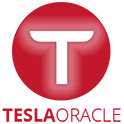EV evangelist & YouTuber Bjorn Nyland takes us on a journey to test and see what happens when the battery of a Tesla vehicle is emptied entirely — i.e. up to 0%. For this particular test, he used a 2022 Tesla Model Y Performance electric SUV.
When starting the journey down the road, Bjorn’s Tesla Model Y was at 22% state-of-charge (SoC) that he drained by driving on long roads until the car was completely shut down and the battery couldn’t power the motors anymore.
The owner used a third-party app to gather some detailed statistics and data from this test. One interesting piece of information in this was the “batter buffer” that Tesla keeps reserved even when the infotainment screen shows a 0% battery is remaining. In this case (2021 onwards Model Y Performance), the buffer was kept at 3.5 kWh (around 2.6% of the entire batter pack of ~75 kWh).
Related: Here’s how much battery is drained if a Tesla is left unplugged for 32 days
This buffer capacity is kept reserved in a Tesla battery pack that kicks in when the SoC reaches 0%. The Tesla Model Y used in this test was able to drive 21 km (31 miles) using the 3.5 kWh buffer capacity.
The destination which Bjorn chose to have the battery pack reach 0% SoC and even the buffer had to be utilized, does not have a Tesla Supercharger or a third-party charging location nearby.
At last, the battery died. Some basic functions like windows, blinkers, and center touchscreen functions were still working through the 12v battery.
The interesting part of this test is the portable solar panel which is used for emergency charging after the Tesla vehicle’s battery pack is completely drained and the vehicle comes to a total stop. Although charging from this small solar panel is very slow but it gave the battery pack enough electron juice to reach the close-by Supercharger station.
So, a Tesla can be charged using a mobile solar panel, and depending on its size and power output, the charging times would vary a lot. With the specific small solar setup in this video, the Tesla vehicle was able to 0.3 kWh in just 8 mins at ~220v and 2.0 kW.
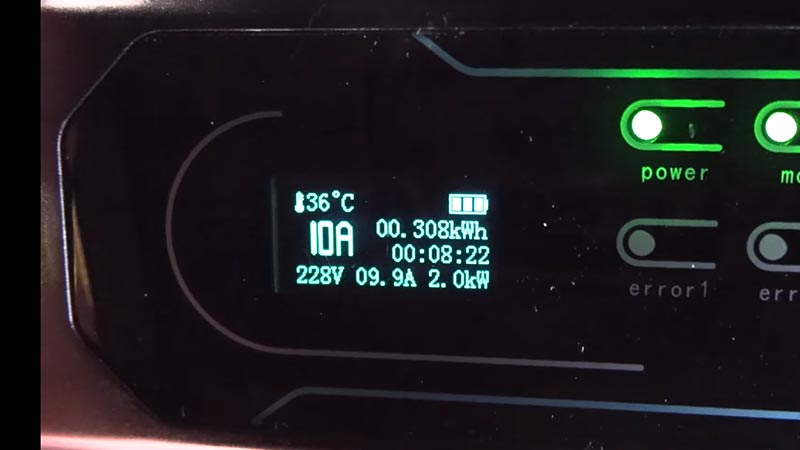
If someone is using such a solar charger on a camping trip, around 30% to 40% of the battery of a Model 3/Model Y can easily be charged in 8-12 hours on a sunny day. With larger solar panels, even more of course.
This is a much newer vehicle, and new Tesla owners should practice caution when attempting such a brave act. In the past, some Teslas went dead on battery and refused to take charge even on a Supercharger but software and technology have upgraded since then.
Bjorn Nyland intends to perform this test on older Teslas too, so we will know if they completely shut down and have to be towed to Tesla Service Station or not. Still, you shouldn’t allow the 12v battery to also be fully drained, otherwise, waking up the car again might become a trouble.
Let’s watch this interesting test which can come in handy for a lot of potential Tesla customers to overcome their range anxiety.
Stay tuned for constant Tesla updates, follow us on:
Google News | Flipboard | RSS (Feedly).
Related
- Cybertruck rust or just dust — and how to fix the issue

- Here’s how far the Tesla Cybertruck goes while towing 11,000 lbs in cold weather conditions on a single charge
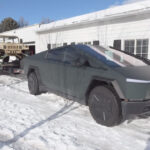
- Here’s how to access the Cybertruck tow hitch — watch it haul a 3,000lbs Brawley EV

- Watch the Tesla Cybertruck front bumper camera washer in action and how it works
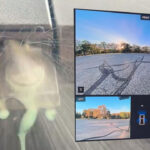
- Leaked photo of the Tesla Cybertruck bed reveals 3 power outlets of 120 and 240 volts
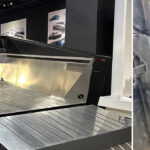
- Even red wine doesn’t stain Tesla white seats (video)
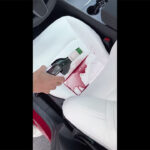
- Tesla adds Automatic Headlights with wipers and a ton of new features in the 2023.26 update (Release Notes)
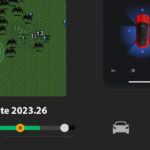
- Tesla Model S and Model X owners can switch the on-screen media player position with a single tap (video)

